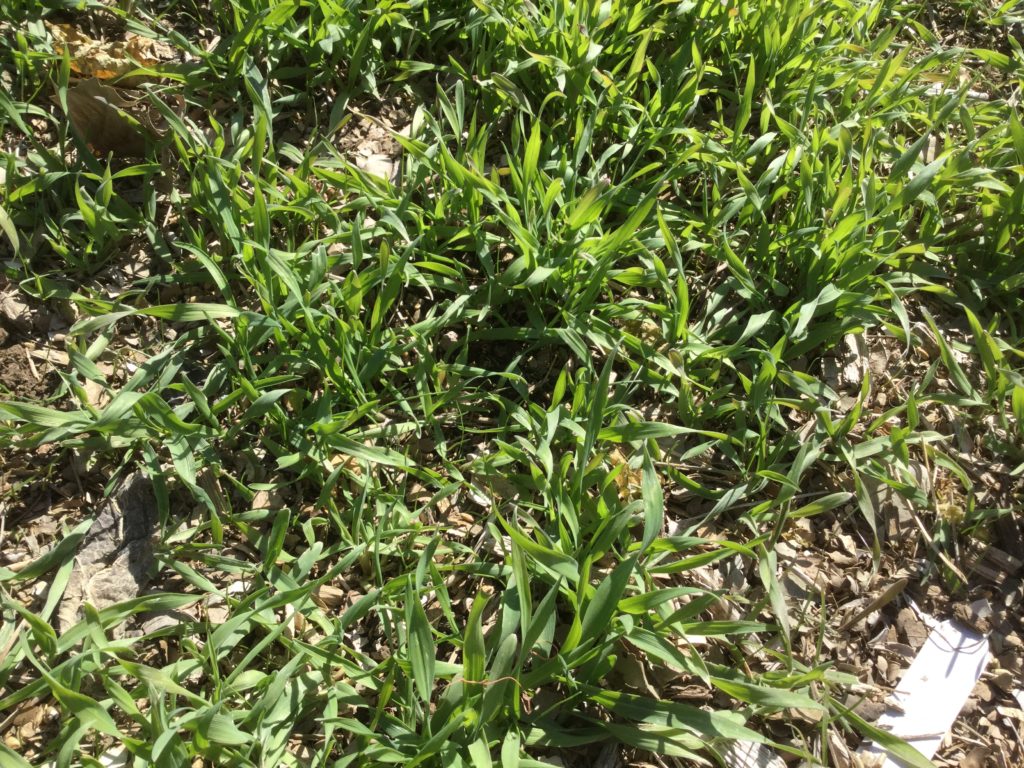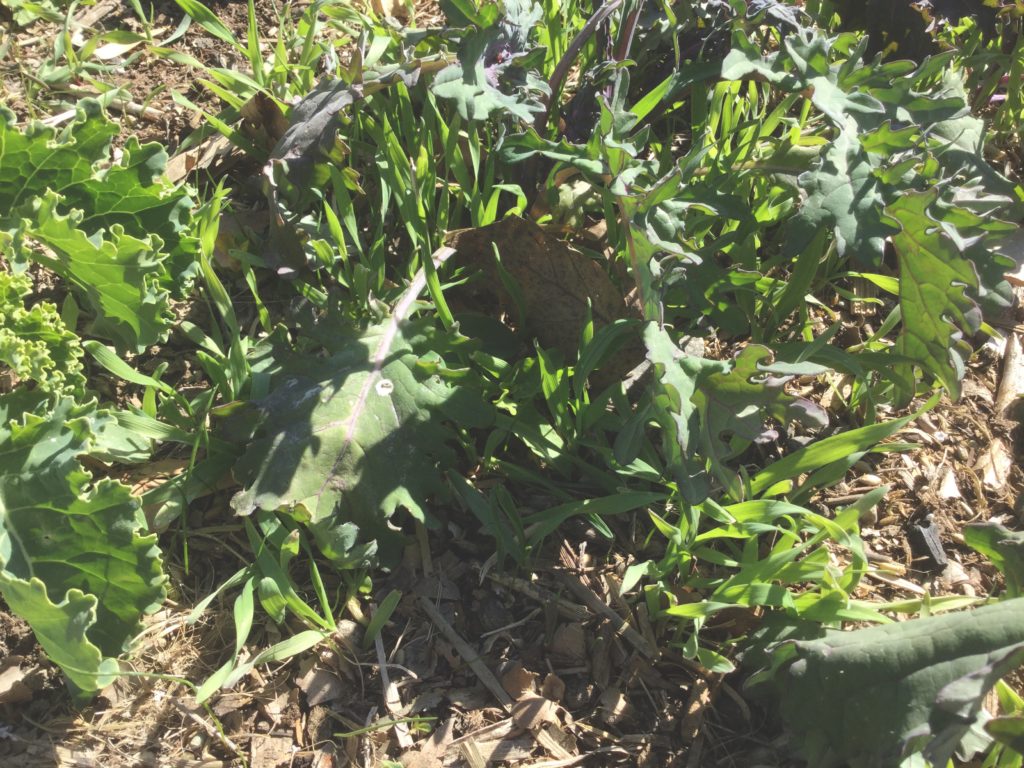Using cover crops isn’t something I have done aggressively over the years. I would use beans and peas in rotation and we’ve planted rye and clover in some areas. This will be the first season that we are going to be using cover crops extensively. I have had many hesitations, it doesn’t seem to make much sense to plant vigorous weed-like plants in the areas I am wanting to grow vegetables. Wouldn’t I just be creating a bigger mess? Why would I plant my own weeds? The more I read and researched organic market gardening and regenerative agriculture it became clear to me that not only are cover crops beneficial, but in my situation they are essential.

“Green-manure crops help protect against erosion, retain nutrients that might other wise be leached from the soil, suppress the germination and growth of weeds, cycle nutrients from the lower to the upper layers of the soil, and–in the case of legumes–leave to the following crop a considerable quantity of nitrogen. Other contributions of a green manure are improved soil structure, additional organic matter, enhanced drought tolerance, and increased nutrient availability of plants” Eliot Coleman “New Organic Grower” p.63
So I tentatively took the plunge into cover cropping at the end of this season. I began with planting clover in the rows between the beds. Pretty simple and safe. Then as I’ve posted about before I planed annual rye grass in the empty beds after they had been harvested. Yes, I planted grass. In my garden beds. Grass. On purpose. I even under planted my winter kale with rye grass. I would be lying if I didn’t’ admit that every time I walk out into the garden my heart leaps a little as I see the grass coming up and then have to remind myself I did that on purpose and this is a good thing.
 So what do I do in the spring when it comes to planting time with beds full of rye? It’s actually pretty simple. The rye gets mowed before it goes to seed. I used an annual rye grass, meaning it only lives one season. This next spring when we are ready to prepare the beds for planting the rye will be mowed down low and lightly turned in to the soil. This will add a lot of organic matter and create humus in the soil.
So what do I do in the spring when it comes to planting time with beds full of rye? It’s actually pretty simple. The rye gets mowed before it goes to seed. I used an annual rye grass, meaning it only lives one season. This next spring when we are ready to prepare the beds for planting the rye will be mowed down low and lightly turned in to the soil. This will add a lot of organic matter and create humus in the soil.
“Humus, the end product of organic-matter decay in the soil, is the key to good soil structure, nutrient availability, moisture supply, and the biological vitality of the soil.” Eliot Coleman “New Organic Gardner” p.64
I am excited to learn how to work cover crops into the market garden, this next season I will be adding more varieties and playing around with under sowing, something I will talk about more later.
Producing healthy food for my neighbors, food that nourishes them at the same time protecting, building and nourishing the land is very important to me and Mike. We hope and pray we will be able to do this well and for many years to come.
